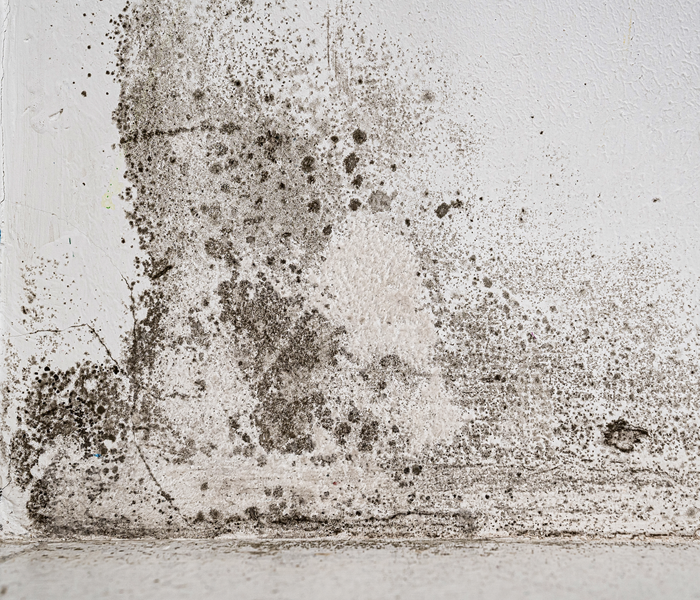Understanding the Basics of Mold: A Comprehensive Guide
10/29/2023 (Permalink)
Mold growth is a common problem in many homes, and it poses various health risks to occupants. Understanding the basics of mold, including its causes, prevention, and remediation, is essential for homeowners. In this comprehensive guide, we will delve into the fundamentals of mold, equipping you with the knowledge to identify, prevent, and address mold issues in your home effectively.
What Is Mold?
Mold is a type of fungus that thrives in moist environments. It reproduces through microscopic spores that can spread and colonize different surfaces. Mold can appear in various colors, including black, green, or white, and has a musty odor. Understanding the characteristics and biology of molds can help homeowners identify potential mold problems and take prompt action to prevent further growth.
Common Causes of Mold Growth
Mold growth is typically a result of excess moisture in indoor environments. Common causes include water leaks, high humidity levels, condensation, and inadequate ventilation. Areas prone to moisture, such as basements, bathrooms, and crawl spaces, are particularly susceptible. Knowing the common causes can help homeowners implement preventive measures and eliminate potential sources of moisture.
Health Risks and Potential Effects
Exposure to mold can lead to various health issues. Symptoms may include nasal congestion, coughing, wheezing, and skin allergies. Prolonged exposure to mold can contribute to the development of issues. Recognizing the potential health risks of mold highlights the importance of taking immediate action to prevent or remediate its growth.
Mold Prevention and Remediation
Preventing mold growth requires addressing moisture-related issues, such as fixing leaks, improving ventilation, and maintaining proper humidity levels. Regularly inspecting and maintaining vulnerable areas of your home, like roofing, plumbing, and HVAC systems, is essential. If mold is present, professional remediation may be necessary. This process involves identifying the source of moisture, containing the affected area, removing the mold, and implementing preventive measures to inhibit future growth.
Understanding the basics of mold is crucial to protecting your home and the health of its occupants. By recognizing the causes of mold growth, its potential health risks, and implementing preventive measures, you can create a mold-resistant environment. Swift action to address mold issues improves the livability and safety of your home. Remember, if you suspect or detect mold, it is recommended to consult with mold remediation professionals for an accurate assessment and effective remediation.





 24/7 Emergency Service
24/7 Emergency Service
